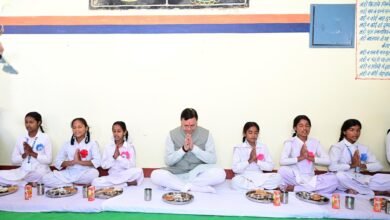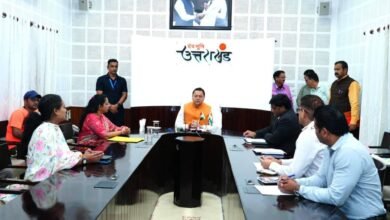
इस सप्ताह अंतरिक्ष प्रेमियों और खगोल विज्ञान के प्रति उत्साही लोगों के लिए खास रहेगा, क्योंकि ग्रहों की एक दुर्लभ और अद्भुत परेड देखने को मिलेगी। यह खगोलीय घटना मंगलवार, 21 जनवरी और शनिवार, 25 जनवरी को आकाश में दिखाई देगी। इस दौरान चार प्रमुख ग्रह – शुक्र, शनि, बृहस्पति और मंगल – सूर्यास्त के तुरंत बाद नंगी आंखों से देखे जा सकेंगे।
खगोल विज्ञान का अद्भुत नजारा
खगोलीय परेड का मुख्य आकर्षण शुक्र और शनि का संयोजन है। ये दोनों ग्रह एक-दूसरे के बेहद करीब, दो डिग्री के भीतर दिखाई देंगे। शुक्र और शनि का यह संयोजन शनिवार, 18 जनवरी को हुआ था, जब शुक्र अपने चमकदार प्रकाश के कारण शनि से 110 गुना ज्यादा उज्जवल दिखाई दिया। विशेषज्ञों का कहना है कि इस तरह के ग्रहों का संरेखण दुर्लभ है और इसे देखने का अवसर हर साल नहीं मिलता।
कब और कहां देख सकते हैं यह खगोलीय परेड?
इस खगोलीय नजारे को देखने का सबसे अच्छा समय सूर्यास्त के लगभग 45 मिनट बाद है। शुक्र और शनि दक्षिण-पश्चिम में चमकेंगे, जबकि बृहस्पति दक्षिण-पूर्वी आकाश में और मंगल पूर्वी क्षितिज पर दिखाई देगा। तीन घंटे बाद शुक्र और शनि पश्चिमी आकाश में अस्त हो जाएंगे। इस अनुभव को और बेहतरीन बनाने के लिए, शहर की रोशनी से दूर किसी अंधेरी जगह पर जाकर दक्षिण-पश्चिमी क्षितिज की ओर देखना सबसे उपयुक्त रहेगा।
नेपच्यून और यूरेनस भी होंगे शामिल
शुक्र, शनि, बृहस्पति और मंगल ग्रहों के साथ दो और ग्रह – नेपच्यून और यूरेनस – को दूरबीन की मदद से देखा जा सकता है। नेपच्यून शुक्र और शनि के ठीक ऊपर होगा, जबकि यूरेनस बृहस्पति के ऊपर दिखाई देगा। हालांकि, बुध ग्रह इस खगोलीय घटना का हिस्सा नहीं होगा, क्योंकि यह सूरज की चकाचौंध में छिपा रहेगा।
शहर से दूर, आसमान के अद्भुत प्रदर्शन का अनुभव करें
खगोलीय परेड को नंगी आंखों से देखना किसी दुर्लभ मौके से कम नहीं। इस प्रकार के ग्रहों के संरेखण को लेकर वैज्ञानिकों और खगोल प्रेमियों में खासा उत्साह है। यदि आप इस अद्भुत नजारे का हिस्सा बनना चाहते हैं, तो समय पर सही स्थान का चयन करना न भूलें।



